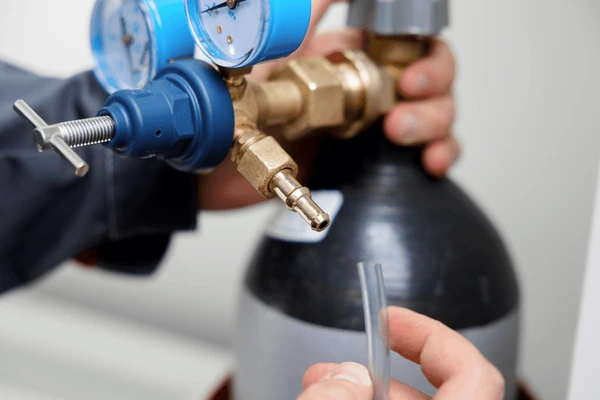Calibration gas is typically delivered in high-pressure cylinders or disposable canisters, ensuring precise mixtures for accurate calibration of gas detection instruments. High-pressure cylinders are made of steel or aluminum and come in various sizes, while disposable canisters are lightweight and portable, ideal for field use.
Transport involves using specialized racks or carts for cylinders, and protective packaging for canisters. Proper storage in cool, dry, and well-ventilated areas is essential, along with adhering to safety protocols and monitoring expiration dates to maintain gas integrity. Regular equipment checks ensure safe and reliable operation of the calibration gas delivery system.
Packaging and Containers
- High-Pressure Cylinders: Steel or aluminum cylinders available in various sizes.
- Disposable Canisters: Lightweight, portable canisters for field use.
Delivery Systems
- Pressure Regulators: Control flow rate and pressure of the gas.
- Flow Meters: Measure the precise amount of gas being delivered.
- Gas Distribution Panels: Manage multiple gas lines in larger industrial settings.
Transport and Storage
- Transportation: Specialized racks or carts for cylinders, protective packaging for canisters.
- Storage Conditions: Cool, dry, well-ventilated areas away from heat and direct sunlight.
- Safety Protocols: Use of PPE, proper labeling, adherence to storage and disposal regulations.
Best Practices
- Expiration and Stability: Monitoring expiration dates to ensure gas integrity.
- Traceability: Using traceable calibration gases for accuracy and reliability.
- Routine Checks: Regular inspection of cylinders, regulators, and delivery equipment.





Comments